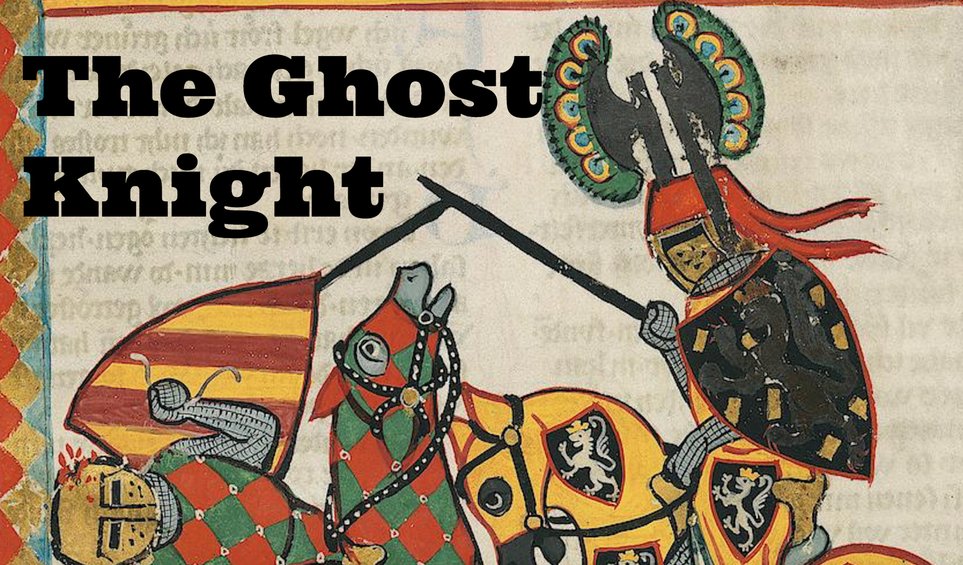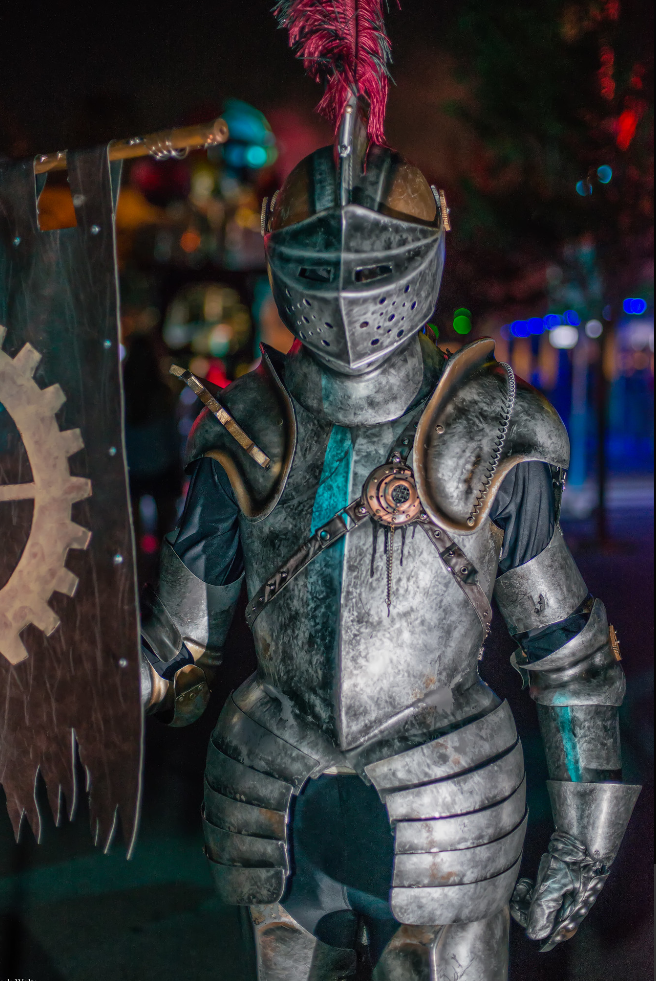

Loeb’s secondary plot is an improvement, playing off Barbara’s desire for independence against her step-father’s natural instinct to protect her, but the remainder of the story is professional, yet ordinary. A youthful Barbara Gordon features, and Sale makes fine use of her round-lensed spectacles as a decorative motif, opaque in the manner of all glasses he illustrates. It’s bettered, however, by the following year’s Mad Hatter tale. It doubles as game of spot the guest for the more knowledgeable comic reader.


He channels the light and shade of 1940s comics, but the look is never dated, and the effort put into a scene of a costume ball at Wayne Manor is impressive. The opening encounter with the Scarecrow is an acceptable Batman story with the art better than the plot, which has a couple of logical lapses, one being the cumulative wealth of so many millionaires is required for what? There’s the occasional wonky face or odd pose, but it shows that from his earliest professional days Sale was an extremely effective stylist. There’s a distinct progression from year to year. Prior to their immensely successful The Long Halloween, the team of Jeph Loeb and Tim Sale produced three Batman Halloween specials between 19, collected in Haunted Knight.


 0 kommentar(er)
0 kommentar(er)
